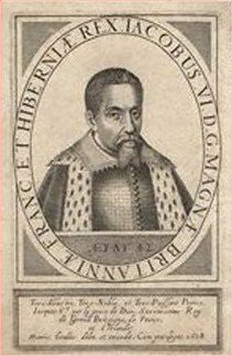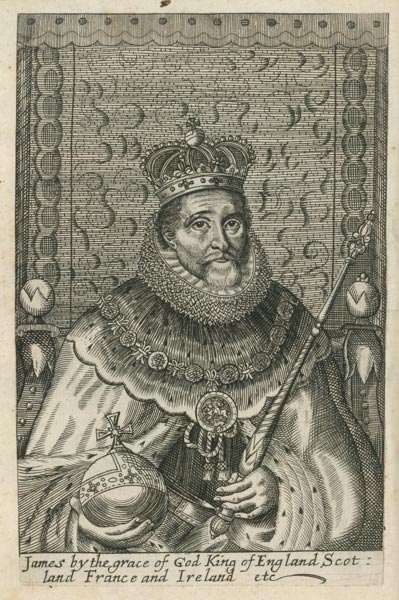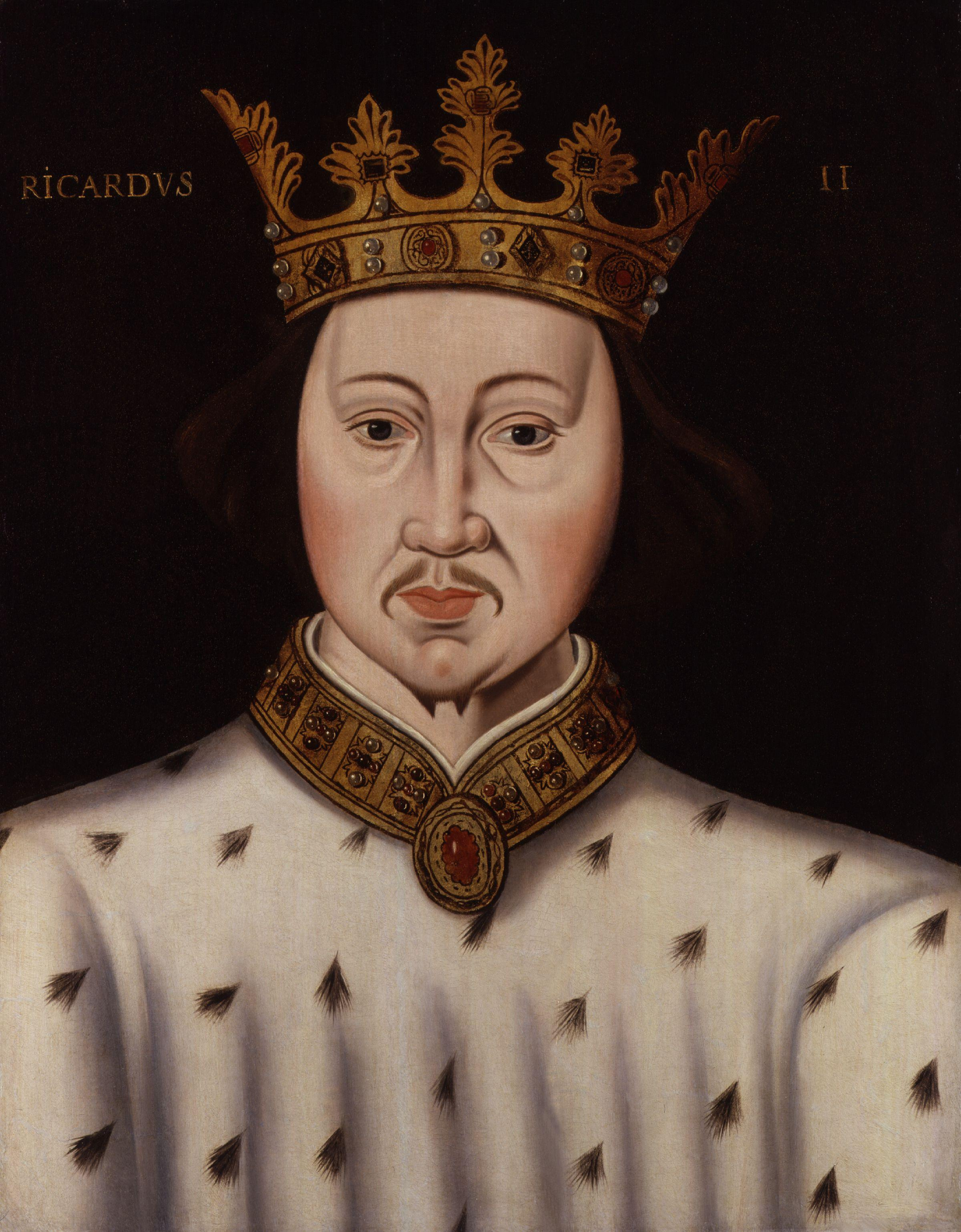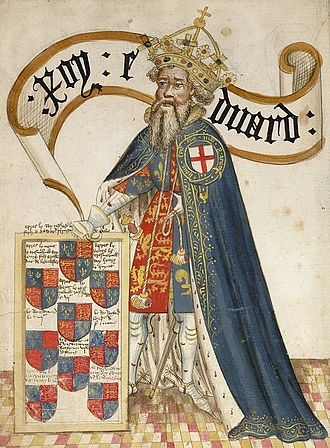This is just a random collection of notes i have taken and various info and pics i came across online so excuse the chaos
http://www.thecoli.com/threads/the-whitewashing-of-world-history.291291/
The Whitewashing of World History
The Whitewashing of history began on a wide scale with during the Renaissance age as "classical Roman-Greco" ideals and arts became popular with the funding of the works of Leonoardo Da Vinci, Michaelangelo, Raphael and many others who were comissioned to make art in an attempt to rewrite history.
"Classical" art is pagan in nature and is often Identified. So we begin by linking Classical Antiquity to the Renaissance.
Classical Antiquity: Classical antiquity(also the
classical era,
classical period or
classical age) is a broad term for a long period of cultural history centered on the Mediterranean Sea, comprising the interlocking civilizations of ancient Greece and ancient Rome, collectively known as the Greco-Roman world. It is the period in which Greek and Roman society flourished and wielded great influence throughoutEurope,North Africaand theMiddle East.
Classical Art
As a cultural movement, it encompassed innovative flowering of Latin and vernacular literatures, beginning with the 14th-century resurgence of learning
based on classical sources, which contemporaries credited to Petrarch, the development of linear perspective and other techniques of rendering a more natural reality in painting, and gradual but widespread educational reform.
Some have called into question whether the Renaissance was a cultural "advance" from the Middle Ages, instead seeing it as a period of pessimism and nostalgia
for classical antiquity,while social and economic historians of the
longue duréeespecially have instead focused on the
continuity between the two eras,linked, as Panofsky himself observed, "by a thousand ties".
The word
Renaissance, whose literal translation from French into English is "Rebirth", appears in English writing from the 1830s.
Renaissance Art By Michaelangelo-"King David"
What is called the "Fall of Rome" is really just the fall of Pagan/Classical Rome. Emperor Constantine had transferred the capitol of Rome to Byzantium in the east. Constantine was the first Roman emperor to convert to a form of Christianity and marked the death of a pagan Rome and the birth of a Christian Rome. Emperor Theodosius made Christianity the official religion of Rome and officially outlawed/banned the old Roman polytheism and paganism including the worship of Jupiter.
The
Byzantine Empire, sometimes known as the
Eastern Roman Empire, was the predominantly
Greek-speaking continuation of the eastern half of the
Roman Empire during
Late Antiquity and the
Middle Ages. Its capital city was
Constantinople (modern-day
Istanbul), originally founded as
Byzantium. It survived the 5th century CE
fragmentation and fall of the Western Roman Empire and continued to exist for an additional thousand years until it
fell to the
Ottoman Turks in 1453.
Several events from the 4th to 6th centuries mark the transitional period during which the
Roman Empire's east and west divided. In 285, the
emperor Diocletian (r. 284–305) partitioned the Roman Empire's administration into eastern and western halves
.Between 324 and 330, Constantine I (r. 306–337) transferred the main capital from Rome to Byzantium, later known as Constantinople ("City of Constantine") and Nova Roma ("New Rome").[n 1] Under
Theodosius I (r. 379–395),
Christianity became the Empire's official state religion and others such as Roman polytheism were proscribed. And finally, under the reign of
Heraclius (r. 610–641), the Empire's military and administration were restructured and
adopted Greek for official use instead of Latin.[5]Thus, although it continued the Roman state and maintained Roman state traditions,
modern historians distinguish Byzantium from ancient Rome insofar as it was oriented towards Greek rather than Latin culture, and characterised by Orthodox Christianity rather than Roman polytheism.
Now these times became known as the "dark ages because christianity had replaced classical paganism as the dominate culture in the region.
The
concept of a Dark Age originated with the Italian scholar Petrarch (Francesco Petrarca) in the 1330s, and was originally intended as a sweeping criticism of the character of
Late Latin literature.
Petrarch regarded the post-Roman centuries as "dark" compared to the light of classical antiquity.
One of the major tasks given to artists during the Renaissance was the whitewashing of all images, icons and manuscripts from beginning from the time of the "Fall of Classical Pagan Rome" to rebirth of classical Rome called the "Renaissance". The "black plague" killed off much of the population and forced the migration of many others and this is what led to White europeans returning to power with their "Reniassance".
Black men ruled the Roman empire and all of Europe including Russia during the "dark ages" long before the Moors came to invade. There are thousands of icons and manuscripts that were left as evidence, and although many have been tampered with or destroyed enough survives to reveal the truth. The first popes and bishops that created the vatican church were all black. The bishops that sat on the council of nicea to determine the church canon were all black. King James and many other kings of england were all black men. The Holy Roman Emperors were all black.
Contemporary Depictions of King James I
Whitewashed Renaissance Image
Richard II (6 January 1367 – February 1400), also known as
Richard of Bordeaux, was
King of England from 1377 until he was
deposed on 30 September 1399.
Contemporary Depiction of King Richard II, a grandson of King Edward Longshanks depicted in Braveheart.
Whitewashed Renaissance Images of King Richard II
Original Artwork of King Edward III(Grandson of King Edward Longshanks Depicted in Braveheart) Grandfather of King Richard II From the Bruges Garter Book(1375-1450)
Whitewashed Renaissance Depiction of King Edward III
Contemporary Depiction of William Tyndale, whose translation of the bible heavily influenced the King James Version.
Tyndale's translation was the first English Bible to draw directly from Hebrew and Greek texts, the first English one to take advantage of the printing press, and first of the new English Bibles of the Reformation. It was taken to be a direct challenge to the hegemony of both the Roman Catholic Church and the laws of
England to maintain the church's position. In 1530, Tyndale also wrote
The Practyse of Prelates, opposing
Henry VIII's divorce from
Catherine of Aragon on the grounds that it contravened Scripture. When a copy of Tyndale's book
The Obedience of a Christian Man fell into the hands of
Henry VIII,
the king found the rationale to break the Church in England from the Roman Catholic Church in 1534.
Whitewashed Renaissance depiction of William Tyndale

















 Why couldn't we just work together with the strangers? (We) are such moral humans, at least that's what the Coli tells me.
Why couldn't we just work together with the strangers? (We) are such moral humans, at least that's what the Coli tells me.




